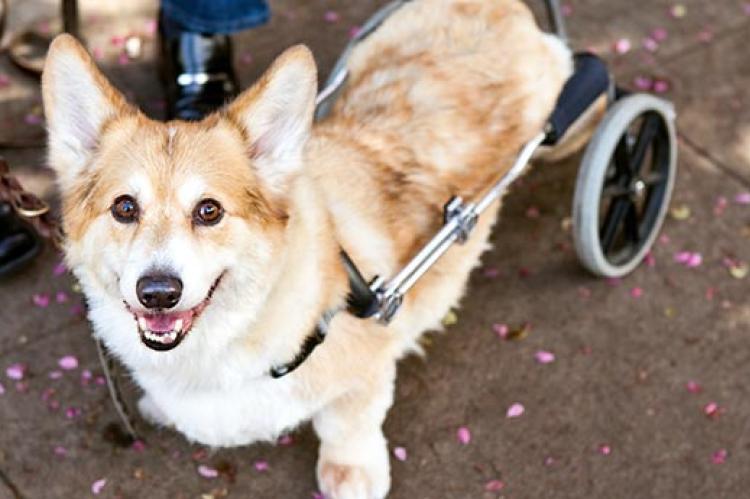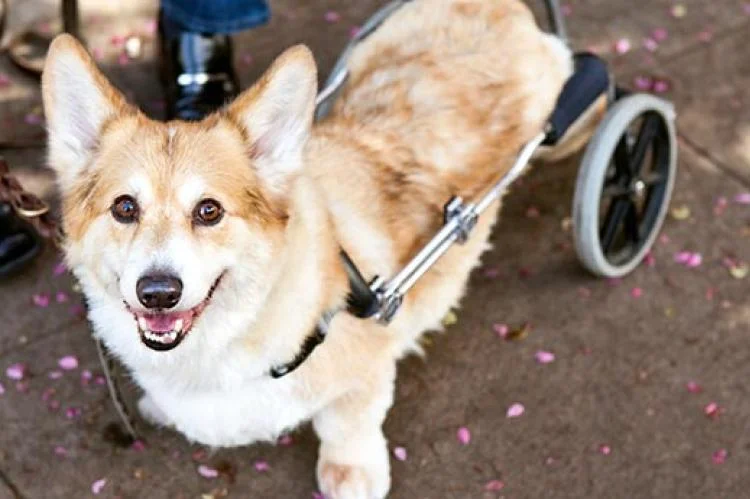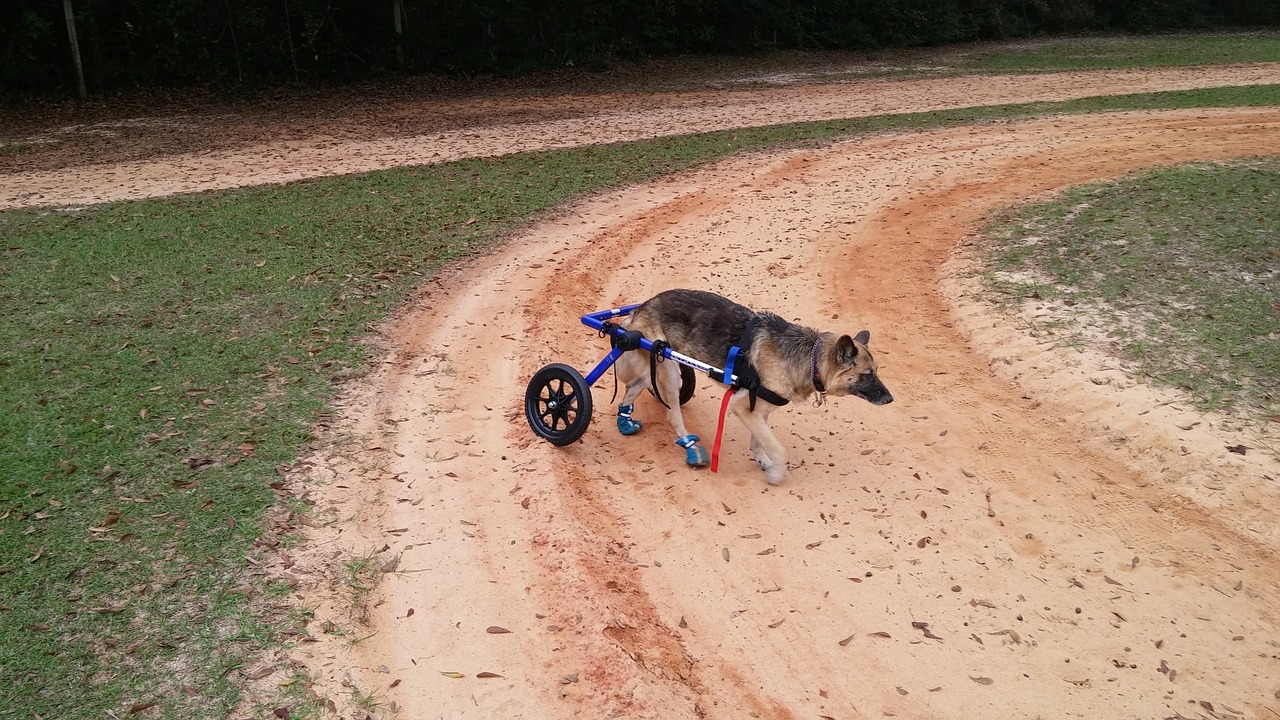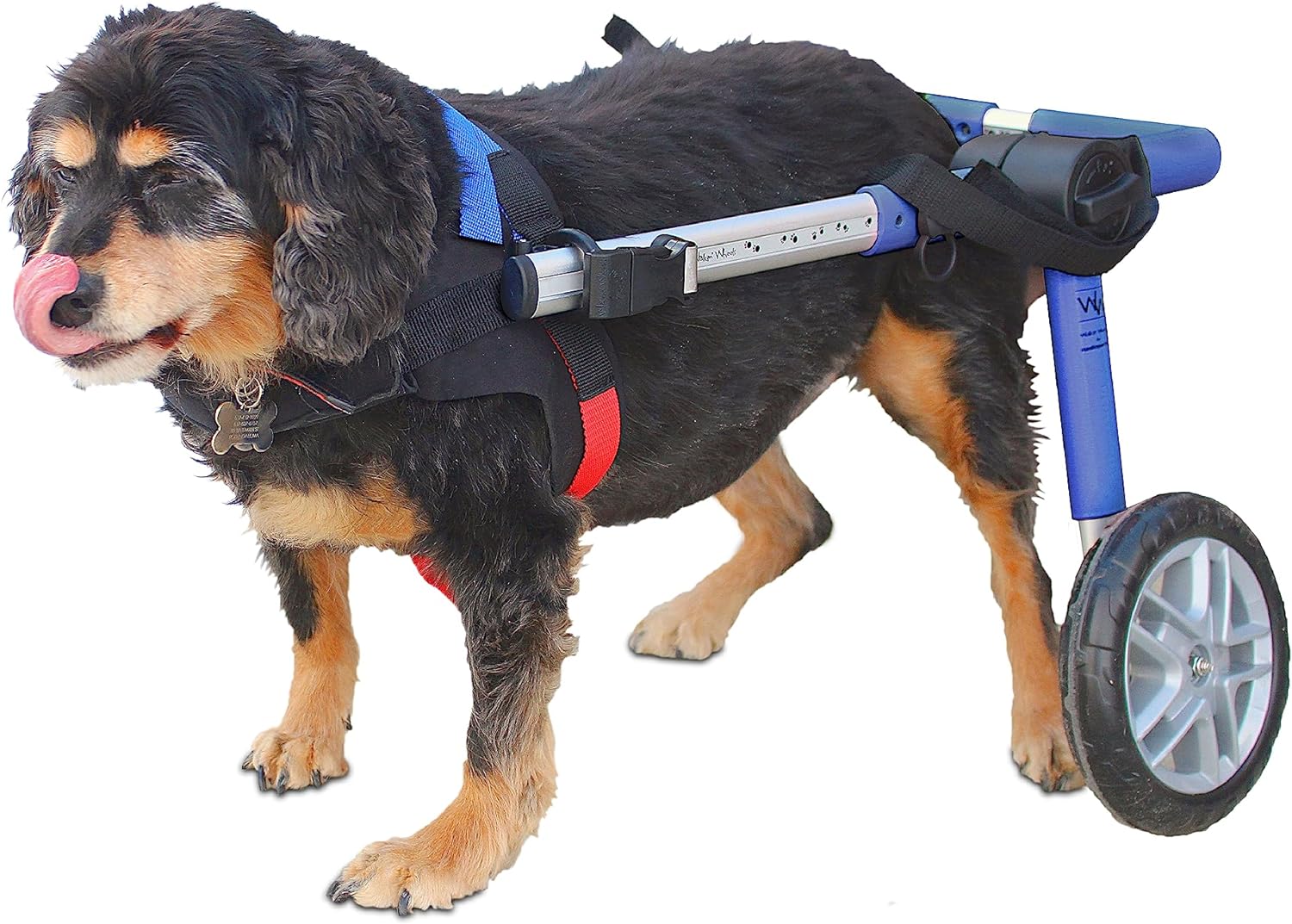Have you ever wondered about the downsides of using dog wheelchairs? While these innovative devices offer mobility and independence to dogs with mobility issues, it’s important to consider their potential drawbacks as well. From possible discomfort for the dog to limitations in certain terrains, understanding the disadvantages of dog wheelchairs can help you make an informed decision about whether they are the right solution for your furry friend.
Cost
Expensive initial investment
Dog wheelchairs can come with a hefty price tag, making them a significant financial investment for dog owners. The initial cost of a high-quality dog wheelchair can be quite expensive, and this may deter some people from considering this option for their furry friends. While there are cheaper alternatives available, it’s essential to consider the long-term durability and effectiveness of these budget options.
Additional costs for maintenance and accessories
In addition to the initial investment, dog wheelchairs also come with ongoing costs for maintenance and accessories. Regular cleaning and monitoring of the wheelchair is necessary to ensure its proper functioning and the overall well-being of the dog. Furthermore, dog wheelchair accessories such as harnesses, additional padding, or protective gear may be required, adding to the overall expense.
Limited mobility
Restricts natural movement
While dog wheelchairs provide a means for mobility, they can restrict the natural movement patterns of a dog. Dogs are known for their agile and energetic nature, and being confined to a wheelchair can limit their ability to move freely. This restriction may affect their overall quality of life and hinder their ability to engage in activities they enjoy.
Difficulty navigating certain terrains
Dog wheelchairs may also pose challenges when it comes to navigating different terrains. Uneven or rough surfaces, such as gravel roads or hiking trails, can become obstacles for dogs in wheelchairs. This difficulty in maneuvering different terrains may limit the dog’s outdoor experiences and prevent them from fully exploring their surroundings.
Inability to climb stairs or jump
Another limitation of dog wheelchairs lies in their inability to assist dogs in climbing stairs or jumping. These basic movements are crucial for dogs to access elevated areas or navigate obstacles in their environment. In the absence of proper assistance, dogs in wheelchairs may face difficulties or complete inability when faced with stairs or elevated surfaces.
Dependency on the wheelchair for mobility
When a dog becomes reliant on a wheelchair for mobility, they may develop a sense of dependency on it. This reliance may diminish their natural instincts, such as using their legs to move or support themselves. Additionally, the dog’s muscle strength and coordination may deteriorate due to limited use, further contributing to their dependency on the wheelchair.
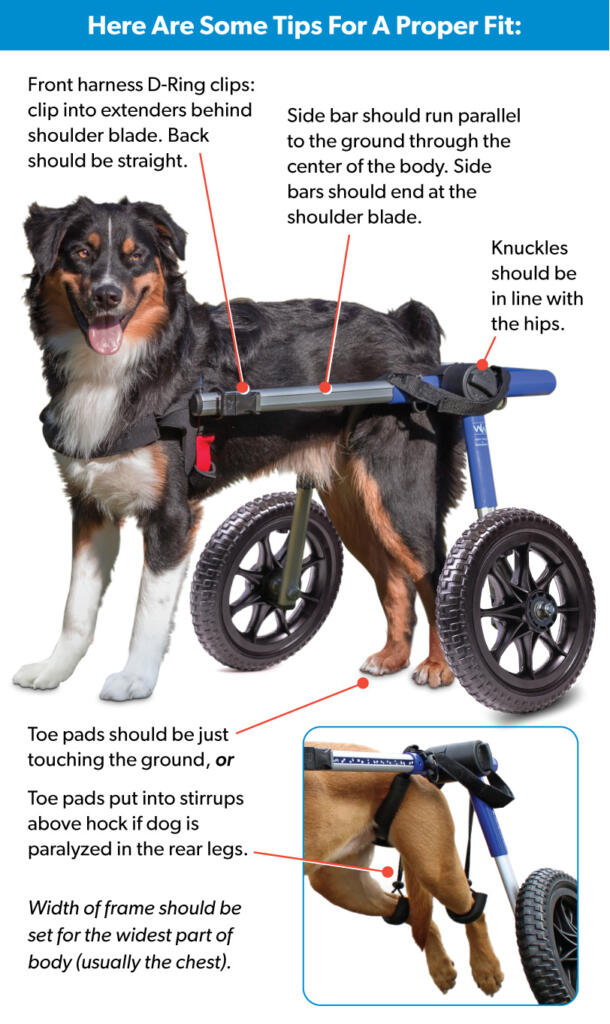
Adjustment period
Takes time for the dog to adapt
Introducing a dog wheelchair to a furry friend’s life requires a considerable adjustment period. Dogs may initially feel uncomfortable or scared when first placed in a wheelchair, as it is an unfamiliar object that modifies their mobility. It may take time for the dog to adapt and become comfortable with using the wheelchair as a means of getting around.
Potential discomfort or frustration during the adjustment period
During the adjustment period, dogs may experience discomfort or frustration. The added support and pressure on their body can cause slight discomfort as they get accustomed to the wheelchair. Moreover, the initial inability to move as freely as they are used to may lead to feelings of frustration or confinement for the dog.
Inconvenience
Requires frequent adjustments and fittings
Dog wheelchairs often require frequent adjustments and fittings to ensure a proper fit and functionality. As dogs grow or change in size, adjustments may be needed to accommodate their changing body structure. This need for regular fittings and adjustments can be inconvenient for owners, as it involves additional time and effort.
Limitations in transportation and travel
Transporting a dog in a wheelchair can present various challenges. Dog wheelchairs may not fit in standard-sized vehicles, requiring owners to find transportation options that can accommodate their furry friend’s wheelchair. This limited accessibility may hinder travel plans or make transportation logistics more complex for owners.
Difficulties in finding suitable accommodation
Finding suitable accommodation for dogs in wheelchairs can be challenging. Many hotels or vacation rentals may not be equipped with the necessary accessibility features to accommodate dogs with mobility aids. This limitation can restrict owners from traveling or force them to make specific arrangements in advance, adding an extra layer of inconvenience and planning.
Extra effort required for daily activities
Daily activities such as feeding, grooming, or playing with a dog in a wheelchair may require additional effort from the owner. For example, lifting the dog in and out of the wheelchair for grooming or providing hands-on assistance during meal times necessitates extra time and physical effort. This added effort may become burdensome over time and could impact the owner’s daily routine.

Possible health risks
Pressure sores and skin irritation
Dogs in wheelchairs are at risk of developing pressure sores and skin irritation, particularly in areas where the wheelchair makes contact with their bodies. Prolonged pressure and friction can lead to discomfort, skin redness, or even open wounds. Regular monitoring, padding, and adjustments are necessary to prevent the development of pressure sores and ensure the well-being of the dog.
Increased risk of muscle atrophy
When dogs rely solely on a wheelchair for mobility, there is a higher likelihood of muscle atrophy or weakening. The lack of regular use and exercise of the dog’s legs can result in muscle deterioration over time. Maintaining an appropriate exercise routine and providing opportunities for weight-bearing movements is crucial to prevent muscle atrophy and maintain the dog’s overall muscle strength.
Development of arthritis or joint problems
The long-term use of dog wheelchairs may contribute to the development of arthritis or joint problems. The altered movement patterns and increased stress on certain joints can lead to joint inflammation, discomfort, or degenerative conditions. Regular monitoring, exercise, and appropriate support are essential to minimize the risk of arthritis or joint-related issues.
Possible psychological effects on the dog
Using a wheelchair can have psychological effects on dogs. Some dogs may experience anxiety or stress due to the restrictive nature of the wheelchair or the attention they receive from others. It is crucial for owners to understand and address any behavioral changes or emotional distress their dog may exhibit while adapting to the wheelchair.
Social stigma
Attention and curiosity from others
When out in public, dogs in wheelchairs often attract attention and curiosity from passersby. People may approach the owner with questions, wanting to know more about the dog’s condition or the wheelchair itself. While some owners may welcome the interactions, others may find it intrusive or overwhelming, especially if they are already dealing with emotional challenges related to their dog’s condition.
Misconceptions about the dog’s abilities
Another aspect of social stigma surrounding dog wheelchairs is the misconceptions and assumptions people may have about the dog’s abilities. Some individuals may wrongly assume that a dog in a wheelchair is completely incapable of movement or participating in daily activities. These misconceptions can lead to misguided sympathy or underestimation of the dog’s capabilities, which can be frustrating for both the owner and the dog.
Potential isolation or exclusion
In certain situations, dogs in wheelchairs may face social exclusion or limited participation in activities. Some environments or events may not be wheelchair-friendly, making it difficult for the dog to join in or engage with others. This exclusion can create feelings of isolation for the dog and may impact their overall socialization and well-being.
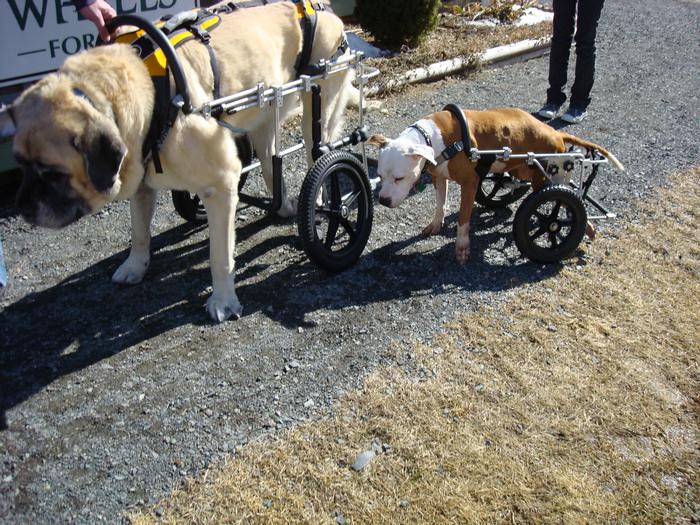
Maintenance and care
Regular cleaning and monitoring of the wheelchair
To ensure the longevity and proper functioning of a dog wheelchair, regular cleaning and monitoring are necessary. Wheels, frames, and any other components of the wheelchair need to be inspected for any signs of wear, damage, or misalignment. Additionally, routine cleaning is essential to prevent the buildup of dirt, debris, or bacteria, which can negatively impact the dog’s health and comfort.
Concerns about durability and breakdown
The durability of dog wheelchairs is a concern for owners. As dogs move around and encounter various surfaces, there is a risk of wear and tear on the wheelchair. Breakdowns or malfunctions can occur, leaving the dog without proper mobility support. It is crucial to choose a high-quality, sturdy wheelchair and regularly check for any signs of damage that may compromise the wheelchair’s functionality.
Difficulty in finding replacement parts
In the event of a breakdown or the need for replacement parts, owners may encounter difficulties in finding the specific components for their dog’s wheelchair. Depending on the brand or model, replacement parts may be hard to come by or require ordering from specialized suppliers. This challenge adds an extra layer of inconvenience and potential delays in restoring the dog’s mobility.
Extra time and effort required for maintenance
Maintaining a dog wheelchair requires an additional investment of time and effort from the owner. Regular cleaning, inspection, and adjustments can take up valuable time and may become a daily or weekly routine. It is important for owners to understand the commitment required and ensure they can dedicate the necessary resources to properly maintain the dog’s wheelchair.
Lifestyle restrictions
Limited participation in certain activities
Dog wheelchairs may impose limitations on a dog’s participation in certain activities. For instance, agility courses or activities that require jumping or quick movements may not be suitable for dogs in wheelchairs. Owners may need to modify or find alternative activities that are compatible with the dog’s mobility aids, potentially restricting the range of experiences they can share with their furry friend.
Need for specialized equipment or modifications
Participating in activities or outings with a dog in a wheelchair may require specialized equipment or modifications. For example, securing the dog’s wheelchair during car rides or adapting the home environment to accommodate the dog’s needs may be necessary. These additional requirements can impact the owner’s lifestyle and daily routine, necessitating planning and adjustments.
Potential impact on the owner’s lifestyle
Caring for a dog in a wheelchair can have a significant impact on the owner’s lifestyle. The additional responsibilities, mobility limitations, and the need for specialized care may require adjustments to daily routines, schedules, and activities. It is crucial for owners to consider these potential lifestyle changes and ensure they are prepared to commit the necessary time and resources.
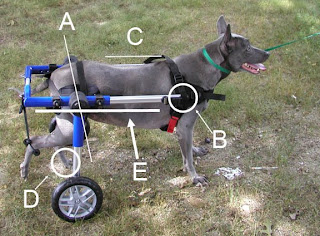
Physical strain on the owner
Lifting or carrying the dog when not using the wheelchair
While a dog wheelchair offers mobility support, there may still be instances where the owner needs to lift or carry their furry friend. This can put physical strain on the owner, particularly if the dog is larger in size or if carrying is required frequently. Over time, repeated lifting or carrying may increase the risk of back or muscle injuries for the owner.
Possible back or muscle injuries for the owner
Owners of dogs in wheelchairs may be more susceptible to back or muscle injuries due to the physical demands of caregiving. Lifting the dog in and out of the wheelchair, assisting with daily activities, or supporting the dog during walks can put strain on the owner’s body. It is important for owners to practice proper lifting techniques and be mindful of their physical well-being.
Added physical demand during walks or exercises
Walking a dog in a wheelchair requires additional physical effort from the owner. The wheelchair may add weight or resistance during walks, requiring the owner to exert more energy and strength to maintain a steady pace. This added physical demand may impact the owner’s stamina and endurance, particularly during longer or more challenging walks or exercises.
Emotional challenges
Adjusting to the dog’s new condition
Learning to cope with a dog’s new condition and the need for a wheelchair can be emotionally challenging for owners. They may experience grief over their dog’s loss of mobility, frustration at the limitations the wheelchair imposes, or a sense of guilt for not being able to “fix” the dog’s condition. It takes time for both the dog and the owner to adjust to the new reality and find emotional equilibrium.
Feelings of guilt or responsibility
Owners of dogs in wheelchairs may experience feelings of guilt or responsibility for their furry friend’s condition. They may blame themselves for not preventing the mobility loss or feel guilty if they are unable to provide their dog with the same level of mobility and freedom they enjoyed before. These feelings can contribute to emotional stress and affect the overall well-being of the owner.
Emotional stress related to the dog’s limitations
Witnessing the limitations faced by a dog in a wheelchair can be emotionally distressing for the owner. The inability to partake in certain activities or the frustration the dog may experience can evoke feelings of sadness, helplessness, or a sense of loss. It is important for owners to seek emotional support, such as counseling or joining support groups, to address these challenges and maintain their mental well-being.
Potential impact on the owner’s mental well-being
Caring for a dog in a wheelchair can take a toll on the owner’s mental well-being. The emotional challenges, lifestyle adjustments, and possible social stigma can contribute to stress, anxiety, or even depression. It is crucial for owners to prioritize self-care, seek support systems, and be aware of their mental health needs throughout their journey of caring for a dog in a wheelchair.
In conclusion, while dog wheelchairs provide a means for mobility and enhance the overall quality of life for dogs with mobility challenges, there are several disadvantages to consider. These include the expensive initial investment and ongoing costs, the limited mobility and adjustment period required for the dog, the inconvenience and possible health risks associated with the wheelchair, social stigma and lifestyle restrictions, the physical strain on the owner, and the emotional challenges that may arise. It is important for dog owners to thoroughly assess these potential drawbacks and make an informed decision based on their dog’s specific needs and their own circumstances.
